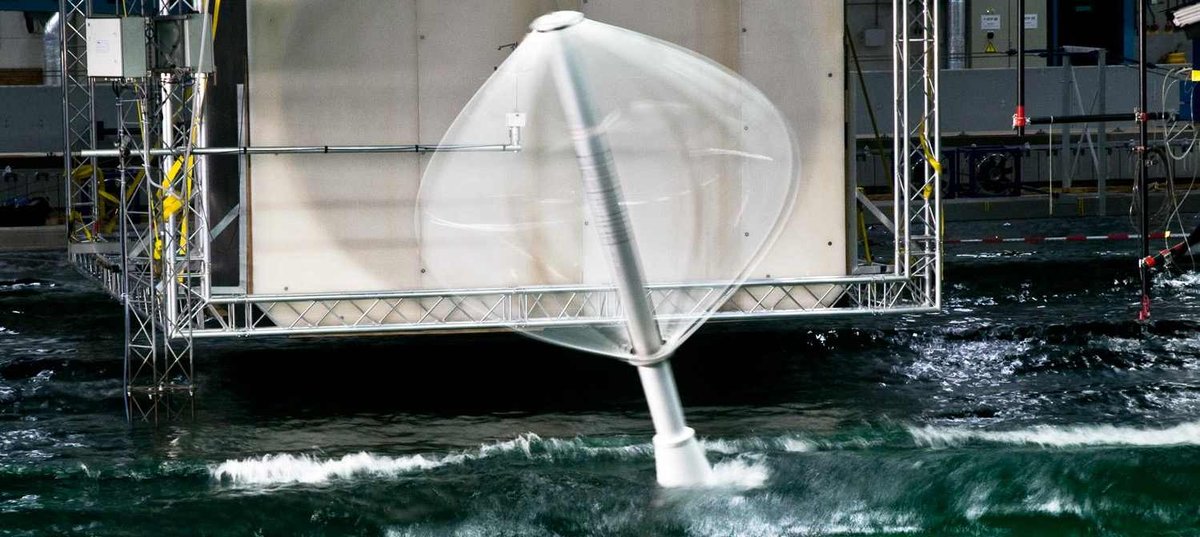Abstract submission date extension:
the deadline for abstract submission has been extended to May 30th.
After 30 years of successful implementation of Onshore Wind Farms, based on the Horizontal Axis Wind Turbine technology, the Wind Energy industry faces a new challenge when trying to develop Offshore Wind Farms. Although most of the development of wind energy is expected to be on offshore wind energy, our current wind turbine technology, based on Horizontal Axis Wind Turbines, does not yet meet the requirements, driving the cost of offshore wind energy 70%-85% larger than onshore wind energy. For Floating Offshore Wind Energy, the challenge is even larger.
The Vertical Axis Wind Turbine (VAWT) is a promising solution for floating offshore wind energy due to its scalability, robustness and reliability, simplicity of installation, low centre of mass and insensitivity to yaw and pitch.
However, the VAWT is both a scientific and engineering challenge. It’s aerodynamics are defined by a 3D unsteady asymmetric actuator volume, where blade-vortex interaction and dynamic stall are predominant. Currently, we still lack validated models at airfoil, blade, rotor and wake scale. The lack of prototypes and test beds at real scale means that the few existing aeroelastic models are yet not validated. Due to its 3D shape and asymmetric of the flow field, the design space is still mostly unexplored. This challenge in knowledge is further increased by the application of a VAWT to a floating concept, where floater design and dynamics, including wave loading and mooring are key. The low rotational velocity implies a large torque on the drive train.
The is now an emerging community of researchers and industrial developers for floating VAWT, new developments in industrial prototypes, several national and EU funded projects on offshore VAWTs, and an increasing number of publications every year. These developments warrant a meeting of experts to present the conclusions of the existing and recently concluded projects, identify key challenges and developments in design, models and scientific research. However, this community lacks a forum for exchange of ideas and for the presentation and discussion of the state of the art. This colloquium aims to bring this community together for the first time under an event dedicated to VAWT technology, science and research.
This colloquium builds upon the last informal meetings of VAWT researchers at DTU Wind (Technical University of Denmark – Wind Energy) and at Sandia National Laboratories, under the scope of the FP7 Deepwind project and the U.S. Department of Energy’s Innovative VAWT rotor project.
DOWNLOAD THE BOOK OF ABSTRACTS HERE!
Contact: vawt2016@tudelft.nl

